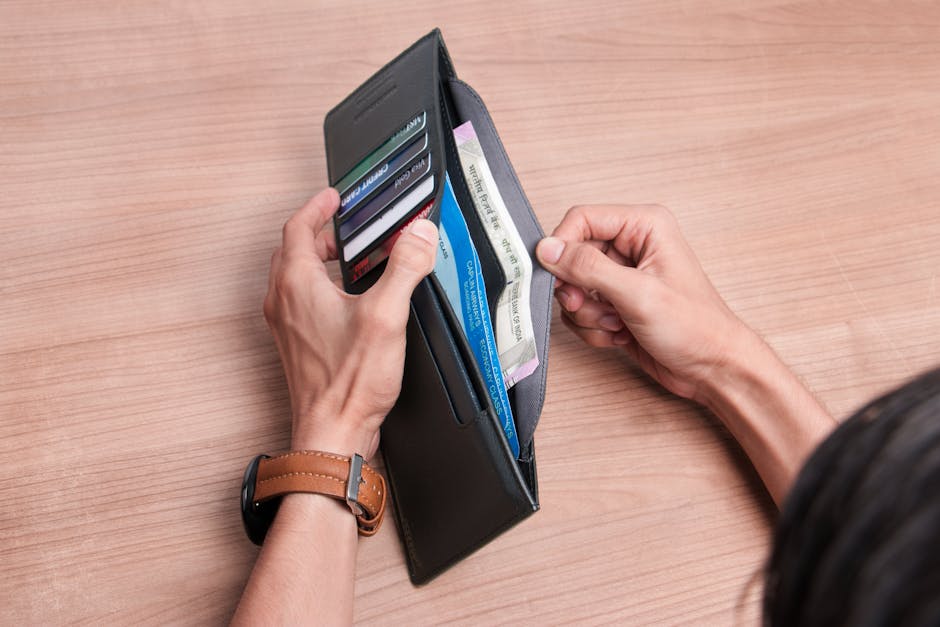Budget-Friendly Shopping Tips: Saving Money While Maximizing Value
Do you often find yourself overspending when you go shopping? Are you looking for ways to cut down on your expenses without sacrificing quality? Budget-friendly shopping is not just about finding the cheapest options; it’s about making smart choices that allow you to save money while still getting the most value out of your purchases. In this comprehensive guide, we’ll explore a variety of tips and strategies to help you become a savvy shopper and master the art of budget-friendly shopping.
The Psychology of Shopping: Understanding Your Spending Habits

Before we delve into specific tips for budget-friendly shopping, it’s essential to understand the psychology behind consumer behavior. Many factors influence our spending habits, from impulse purchases to emotional triggers. By being aware of these influences, you can make more informed decisions when it comes to shopping. For example, retailers often use tactics like limited-time offers and scarcity marketing to create a sense of urgency that prompts customers to buy on impulse. By recognizing these strategies, you can avoid falling into the trap of unnecessary spending.
Additionally, understanding your own spending triggers can help you develop healthier shopping habits. Are you more likely to overspend when you’re feeling stressed or bored? Do you tend to buy things you don’t need simply because they’re on sale? By identifying these patterns, you can start to make conscious choices that align with your budgeting goals.
Creating a Budget-Friendly Shopping List

One of the most effective ways to save money while shopping is to create a detailed shopping list before you head to the store. Not only does a list help you stay organized and focused, but it also prevents you from making impulse purchases. Take the time to plan your meals for the week and make a list of the ingredients you need. This way, you can avoid buying items you already have at home and only purchase what is necessary.
Another tip is to prioritize your list based on your needs versus wants. Start with essential items like groceries and household supplies before adding non-essential items like snacks or luxury items. By sticking to your list and avoiding unnecessary purchases, you can significantly reduce your overall spending.
Utilizing Coupons and Discounts

Coupons and discounts are valuable tools for saving money on your shopping expenses. Whether you clip physical coupons from newspapers or use digital coupon apps, taking advantage of discounts can lead to significant savings over time. Many retailers offer loyalty programs that provide exclusive discounts and rewards to frequent customers. Be sure to sign up for these programs and take advantage of any special offers they provide.
In addition to coupons, be on the lookout for sales and promotions at your favorite stores. Many retailers offer seasonal sales, clearance discounts, and holiday promotions that can help you save money on a variety of items. By timing your purchases to coincide with these sales, you can maximize your savings and get the most value out of your shopping trips.
Comparison Shopping: Finding the Best Deals

Comparison shopping is a fundamental strategy for budget-friendly shopping. Instead of settling for the first price you see, take the time to compare prices across different retailers and online platforms. Many websites and apps offer price comparison tools that allow you to quickly compare prices for the same item from multiple sources.
When comparison shopping, be sure to consider factors like shipping costs, return policies, and customer reviews. While it’s essential to find the best price, you also want to ensure you’re purchasing from a reputable seller who offers excellent customer service. By weighing these factors, you can make informed decisions that save you money in the long run.
Buying in Bulk and Meal Planning
Buying in bulk is a cost-effective way to save money on groceries and household items. Many retailers offer discounts for purchasing items in larger quantities, making bulk shopping a smart choice for budget-conscious shoppers. Consider stocking up on non-perishable items like canned goods, pasta, and cleaning supplies when they go on sale.
Meal planning is another effective strategy for budget-friendly shopping. By planning your meals in advance and creating a shopping list based on your recipes, you can avoid last-minute takeout and impulse purchases. Meal planning not only helps you save money but also reduces food waste by ensuring you use up ingredients before they spoil.
Avoiding Impulse Purchases and Setting Limits
Impulse purchases can quickly derail your budget and lead to overspending. To avoid impulse buys, try implementing a cooling-off period before making any non-essential purchases. If you see something you want to buy, wait 24 hours before making a decision. This gives you time to consider whether the item is a true necessity or simply a fleeting desire.
Setting limits on your spending can also help you stay within your budget. Consider using cash instead of credit cards for your shopping trips, as this can make you more mindful of your purchases. You can also set a weekly or monthly budget for discretionary spending and track your expenses to ensure you’re staying on track.
Expert Opinions: Insights from Financial Advisors
We reached out to several financial advisors to get their expert opinions on budget-friendly shopping tips. According to Sarah Jones, a certified financial planner, “One of the best ways to save money while shopping is to focus on value rather than price. Quality items that last longer are often a better investment than cheap, disposable goods.” John Smith, a financial analyst, added, “It’s important to differentiate between needs and wants when shopping. By prioritizing your needs and being mindful of your wants, you can make smarter purchasing decisions.”
Conclusion: Mastering the Art of Budget-Friendly Shopping
As you can see, budget-friendly shopping is not just about saving money; it’s about making informed choices that align with your financial goals. By understanding the psychology of shopping, creating a detailed shopping list, utilizing coupons and discounts, comparison shopping, buying in bulk, avoiding impulse purchases, and setting limits on your spending, you can become a savvy shopper who maximizes value while minimizing expenses.
Next time you go shopping, remember these budget-friendly shopping tips and watch your savings grow. With a little planning and mindfulness, you can transform your shopping habits and take control of your finances. Happy shopping!




